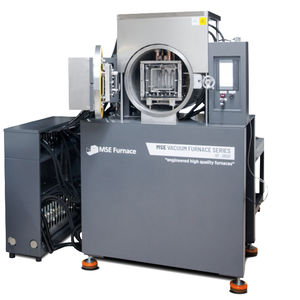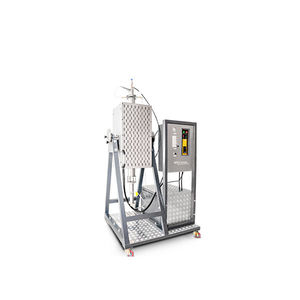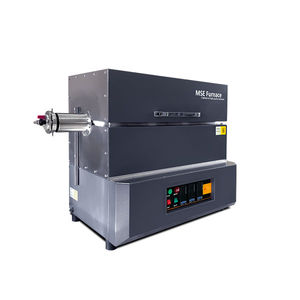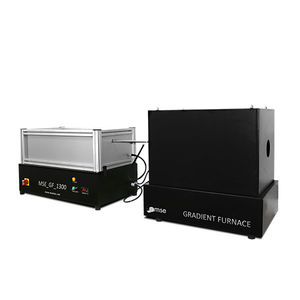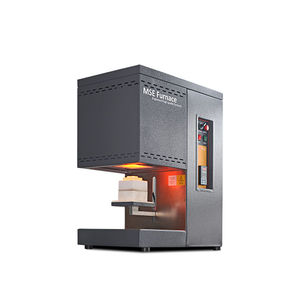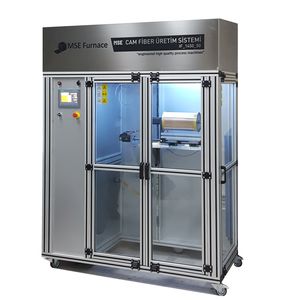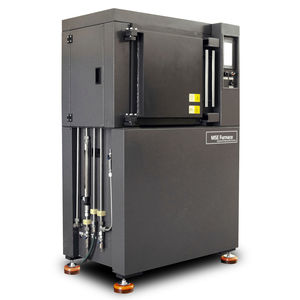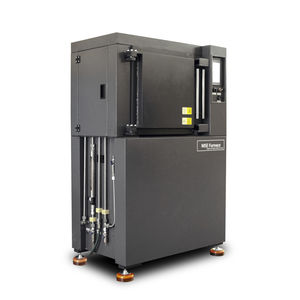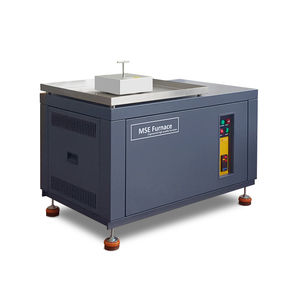
- Metrology - Laboratory
- Laboratory Equipment
- Mechanical test oven
- MSE TEKNOLOJİ LTD. ŞTİ.
- Company
- Products
- Catalogs
- Projects
- News & Trends
- Exhibitions
Salt bath furnace heat treatmentanalysisfor mechanical tests

Add to favorites
Compare this product
Characteristics
- Function
- heat treatment, analysis, for mechanical tests
- Configuration
- cabinet, tubular, tunnel
- Heat source
- electric resistance
- Other characteristics
- custom, programmable, stainless steel, low energy consumption, for dental applications, salt bath, environmentally friendly, laboratory, for glass working, for precious metals
- Maximum temperature
Max.: 900 °C
(1,652 °F)Min.: 200 °C
(392 °F)
Description
Chemical tempering is one of the methods used to increase the surface hardness of glass. In this method, it is ensured that the sodium atoms in the glass are replaced with potassium atoms in the region close to the surface.
Chemical tempering is one of the methods used to increase the surface hardness of glass. In this method, it is ensured that the sodium atoms in the glass are replaced with potassium atoms in the region close to the surface. This creates a tension on the surface.
It gives strength and hardness to the glass. In the glass tempering furnaces produced by our company, the glass is heated by a constant temperature increase so that the glass is not broken by thermal shocks, then it is immersed in the salt bath. After being kept in a salt bath for a sufficient time, it is cooled slowly. All this is done automatically with a pre-installed program.
Chemical glass tempering furnaces are designed according to customer requirements and glass holding baskets are designed by our company. Tablet, telephone, solar panel and television glass are examples of glass produced by chemical tempering. This method is a unique method for increasing the strength of thin glasses.
Catalogs
No catalogs are available for this product.
See all of MSE TEKNOLOJİ LTD. ŞTİ.‘s catalogsRelated Searches
- Furnace
- Chamber furnace
- Electric furnace
- Heat treatment furnace
- Drying furnace
- Laboratory furnace
- Tunnel furnace
- Stainless steel furnace
- Baking oven
- Controlled atmosphere furnace
- High-temperature furnace
- Industrial furnace
- Vacuum furnace
- Automatic furnace
- Continuous furnace
- Annealing furnace
- Air circulating furnace
- Melting furnace
- Thermal furnace
- Programmable furnace
*Prices are pre-tax. They exclude delivery charges and customs duties and do not include additional charges for installation or activation options. Prices are indicative only and may vary by country, with changes to the cost of raw materials and exchange rates.


